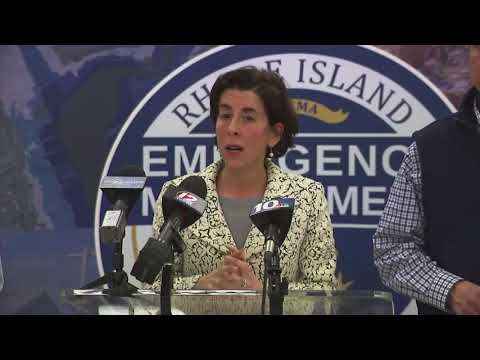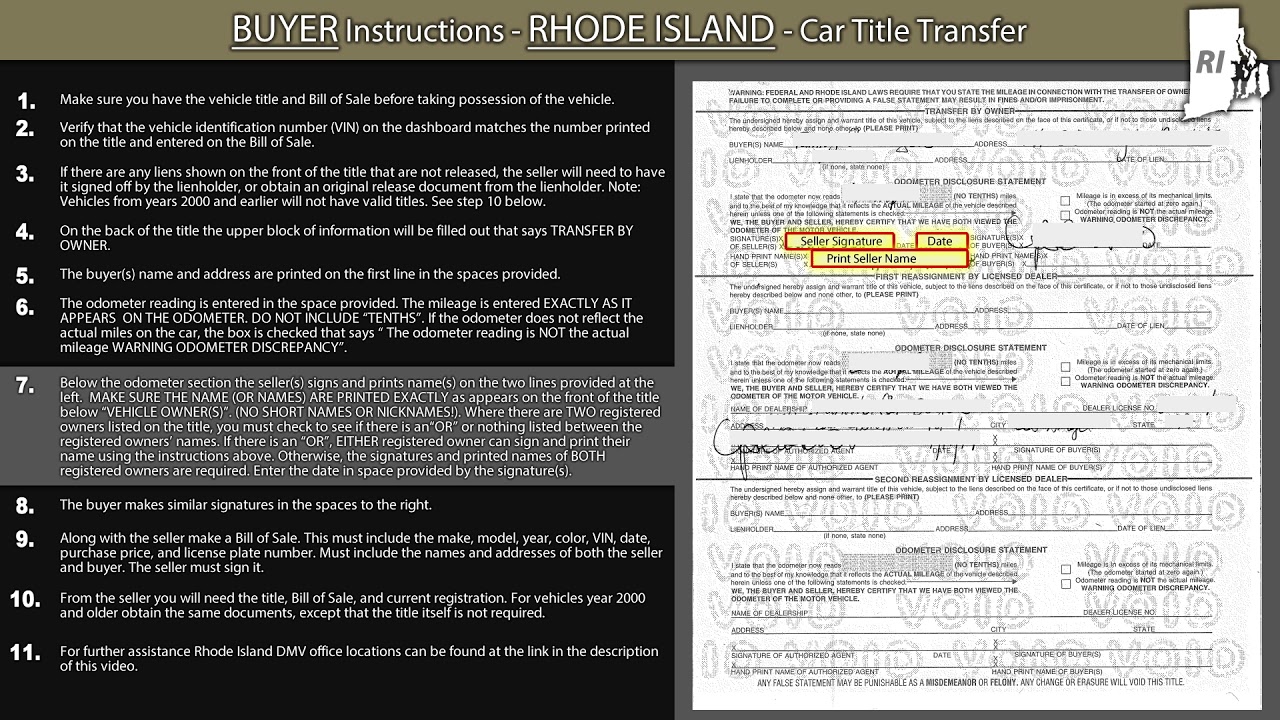Introduction: Understanding the State of Emergency in Rhode Island
A state of emergency is a powerful tool utilized by governments to handle crises and protect public safety. When a state of emergency is declared, it grants the government the authority to activate emergency response plans, access additional resources, and implement extraordinary measures to address the situation at hand. In this article, we will explore the current status of Rhode Island and whether it is currently under a state of emergency. We will also examine the historical instances of state of emergency declarations in Rhode Island, the impact on residents, measures implemented, and the state’s overall preparedness for future emergencies.
Definition of a State of Emergency
A state of emergency is an official declaration by the government that acknowledges the existence of a crisis or disaster in a specific region. The declaration allows authorities to suspend certain laws, mobilize resources, and take immediate action to protect public welfare. It enables the government to respond swiftly and effectively to emergencies, such as natural disasters, public health emergencies, or civil unrest.
Rhode Island’s Current Status: Is a State of Emergency Declared?
As of the time of writing, Rhode Island is not under a state of emergency. However, it is essential to note that the situation can change rapidly, and the government may declare a state of emergency if a significant event or crisis emerges. Residents should stay informed through official sources in case such a declaration is made.
Governor’s Authority to Declare a State of Emergency
The Governor of Rhode Island holds the authority to declare a state of emergency. This power is granted under Rhode Island General Laws, specifically Title 30, Chapter 15 – Emergency Management. The governor can act independently or in consultation with relevant state agencies and officials to determine whether a state of emergency is necessary.
Historical Instances of State of Emergency in Rhode Island
Over the years, Rhode Island has faced various emergencies that have led to the declaration of a state of emergency. One notable instance occurred during the Blizzard of 1978, which paralyzed the state with heavy snowfall, high winds, and coastal flooding. Another significant event was the flooding caused by Tropical Storm Irene in 2011, which resulted in widespread damage and the evacuation of several communities.
The Impact of a State of Emergency on Rhode Island Residents
When a state of emergency is declared, it often brings significant impacts on the daily lives of Rhode Island residents. Depending on the situation, measures may include travel restrictions, evacuation orders, closure of non-essential businesses, and curfews. These measures aim to protect public safety and limit the potential impact of the emergency.
Measures Implemented During a State of Emergency
During a state of emergency, the government implements a range of measures to address the crisis. These may include activating emergency response plans, deploying additional law enforcement and medical personnel, establishing temporary shelters, setting up emergency communication channels, and ensuring the availability of essential supplies, such as food, water, and medical resources.
Duration of a State of Emergency: Temporary or Long-term?
The duration of a state of emergency varies depending on the nature and severity of the crisis. In some cases, it may be a short-term measure, lasting only a few days or weeks. However, more significant events, such as natural disasters or pandemics, may require a long-term state of emergency that can extend for months or even years. The length of the declaration is determined by the evolving situation and the effectiveness of the government’s response efforts.
Conditions for Lifting a State of Emergency in Rhode Island
To lift a state of emergency in Rhode Island, the governor assesses the situation, consults with relevant authorities, and determines that the crisis or threat no longer poses a significant risk to public safety. The decision may also consider factors such as the availability of essential services, restoration of critical infrastructure, and the ability of residents to resume normal activities without jeopardizing their well-being.
Current Situation: Assessing Rhode Island’s Emergency Preparedness
Rhode Island has a well-established emergency management system in place to respond to various crises. The state’s emergency management agency works closely with other government agencies, nonprofit organizations, and the private sector to develop comprehensive plans, conduct exercises, and provide training to enhance preparedness. Regular assessments and updates to these plans ensure that Rhode Island remains well-prepared for emergencies.
Evaluating the Effectiveness of Emergency Response in Rhode Island
The effectiveness of emergency response in Rhode Island relies on several factors, including the coordination among government agencies, communication with the public, availability of resources, and the promptness of decision-making. Assessing the response to past emergencies provides valuable insights that can be used to improve future response efforts and ensure the safety and well-being of Rhode Island residents.
Conclusion: Rhode Island’s Preparedness for Future Emergencies
While Rhode Island is not currently under a state of emergency, it is important to recognize the potential for emergencies to arise at any time. The state’s government remains vigilant in monitoring potential threats and maintaining a state of preparedness. By learning from past experiences and continuously evaluating and updating emergency response plans, Rhode Island aims to enhance its ability to protect its residents and swiftly respond to future emergencies.





